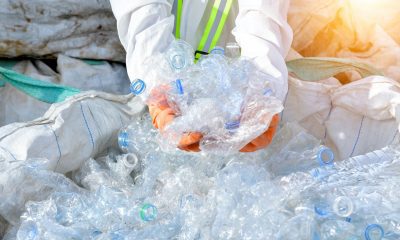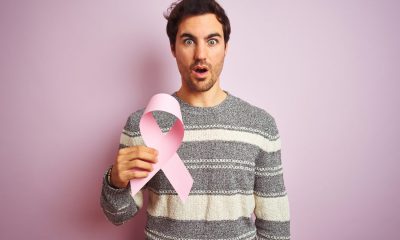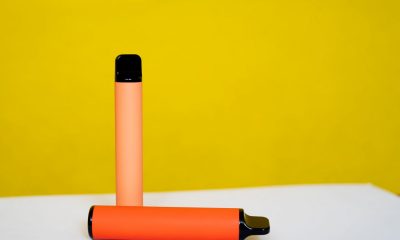By Tom Campbell via SWNS
Vacationers could be getting scammed when they buy sun cream as many products offer 'just a quarter of the advertised SPF protection for harmful rays, scientists warned.
The level of UV protection offered by many brands is much lower than advertised and could be putting people's skin at risk, according to a new study.
Sunblocks offer people varying levels of protection against the sun's harmful rays depending on their Sun Protection Factor, commonly called SPF.
Some products only protect the skin from Ultraviolet B rays (UVB), which are responsible for sunburns.
Others also block Ultraviolet A rays (UVA), which can harm people's immune systems and increase the risk of skin cancer.
In the past decade 2011 – 2021, the number of new invasive melanoma cases diagnosed annually increased by 44 percent, according to skincancer.org.
Now scientists have warned many of these products are not meeting people's expectations and people are getting burned.
via GIPHY
Dr. David Andrews, an author of the study from the Washington-based charity Environmental Working Group (EWG), said: "Most of the products we tested reduced UV radiation only by half of what would be expected from looking at the SPF on the label.
The researchers tested 51 different sun creams sold in the United States with SPF values ranging from 15 to 110.
Laboratory tests were carried out to determine each product's ability to absorb ultraviolet rays and the results were compared with their SPF values.
Most sun creams provided just 42 to 59 percent of the labeled SPF, leaving consumers without protection against UVA and UVB, the researchers found.
The sun's Ultraviolet A rays (UVA) have been found to increase the risk of skin cancer, whereas Ultraviolet B (UVB) rays are responsible for sunburn.
Those that had been tested in a laboratory but not directly on people provided on average just 24 percent of the UVA protection advertised by its SPF label.
Earlier this year, the scientists rated more than 1,800 products advertised as sun protection based on how safe and effective they were.
Only a quarter of them offered "adequate protection" and did not contain "worrisome ingredients" like oxybenzone, a hazardous compound known to cause skin allergies.
Dr. Andrews added: “The sunscreen market is flooded with products that provide poor UVA protection.
"Sunscreen sales have increased dramatically, so sunscreen companies can certainly afford to conduct the studies needed to ensure their customers are safe.”
Skin cancer is one of the most common types of cancer in the world, affecting around 200,000 people in the US every year.
To help consumers find reliable products, the researchers have developed a Guide to Sunscreens.
Dr. Andrews said: “Sunscreen products must be effective, and the ingredients should not cause health harm.
"Our study shows that sunscreens are not adequately effective, especially at reducing UVA radiation, and the ingredients used in these products have not been fully vetted for safety."
Earlier this year, the FDA (Food and Drug Administration) asked sunscreen manufacturers to provide more information about what ingredients are being used in their products.
EWG's senior director Carla Burns said: "Most sunscreen products sold in the U.S. don’t offer adequate protection against both UVA and UVB rays.
"Balanced protection of ultraviolet radiation is important because of the long-term health issues linked to UV exposure, especially harmful UVA rays, which are linked to immunotoxicity and skin cancers."
Most sunscreen products sold in the US do not offer adequate protection against both UVA and UVB rays.
Shoppers can also check ratings and safety information by downloading EWG's Healthy Living App.
Dr. Andrews added: "An overhaul of sunscreen products and how they are regulated is long overdue.
"But sunscreens are still important tools in reducing UV exposure, it’s just that some products are better than others."
The findings were published in the peer-reviewed journal Photodermatology, Photoimmunology & Photomedicine.

 Food & Drink1 week ago
Food & Drink1 week ago
 Broadcast1 week ago
Broadcast1 week ago
 Parenting22 hours ago
Parenting22 hours ago
 Broadcast1 week ago
Broadcast1 week ago
 Broadcast3 days ago
Broadcast3 days ago
 Broadcast1 week ago
Broadcast1 week ago
 Funny1 week ago
Funny1 week ago
 Broadcast2 days ago
Broadcast2 days ago






















